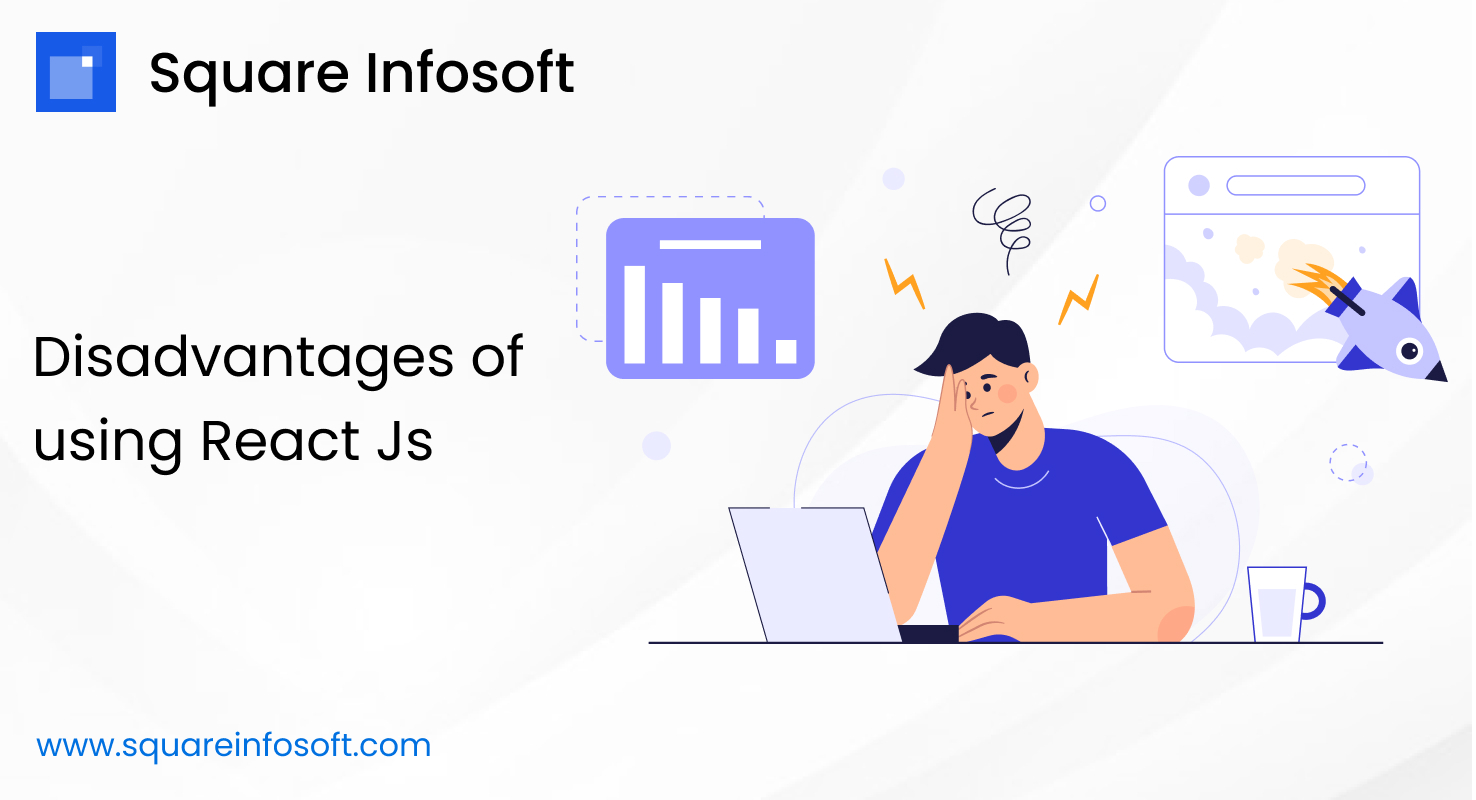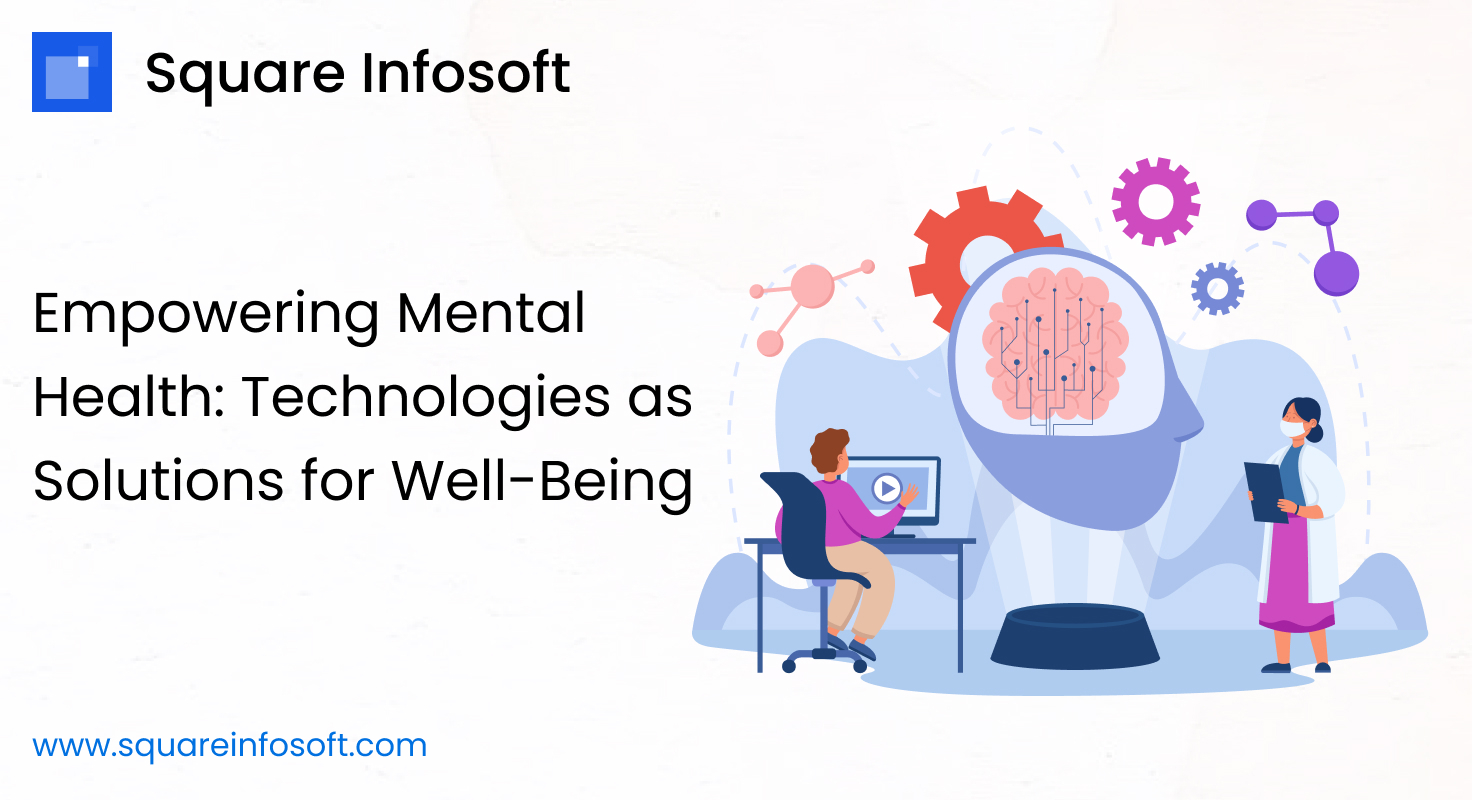While React.js is a popular and powerful library for building user interfaces, it also has its disadvantages and challenges. Here are some of the disadvantages of using React.js in detail:
- JSX Complexity:
- JSX, the syntax extension used in React.js, can be challenging for developers who are not familiar with mixing HTML-like syntax within JavaScript code. It introduces a learning curve for beginners and may require additional tooling or transpilation for developers accustomed to traditional HTML templating languages.
- High Pace of Development:
- React.js has a high pace of development with frequent updates, new features, and changes in best practices. While this ensures that React stays up-to-date with the latest web development trends, it can also lead to version compatibility issues, deprecated APIs, and the need for frequent updates and refactoring in existing projects.
- Complex State Management:
- React.js does not provide built-in solutions for managing complex application state, such as global state, asynchronous data fetching, or handling side effects. While libraries like Redux, MobX, and context API can be used for state management, integrating and managing these libraries can introduce complexity and boilerplate code, especially in larger applications.
- Performance Overhead:
- React.js applications may suffer from performance overhead due to the use of a virtual DOM and reconciliation process. While React optimizes UI updates by minimizing DOM manipulations, excessive re-renders or inefficient component rendering can still impact performance, especially in complex or deeply nested component hierarchies.
- Tooling Complexity:
- Setting up and configuring a development environment for React.js can be complex, especially for beginners. Developers need to choose and configure build tools, transpilers (e.g., Babel), module bundlers (e.g., Webpack), and development servers (e.g., webpack-dev-server). While tools like Create React App simplify the setup process, configuring custom build pipelines can be challenging.
- Learning Curve:
- React.js has a steep learning curve, especially for developers new to component-based UI development and modern JavaScript concepts such as ES6 syntax, arrow functions, and destructuring. Understanding React’s component lifecycle, state management patterns, and JSX syntax requires time and practice, which may slow down the development process for inexperienced developers.
- Community Fragmentation:
- The React.js ecosystem is vast and fragmented, with a multitude of libraries, frameworks, and tools available for various use cases. While this diversity provides flexibility and choice for developers, it can also lead to fragmentation, compatibility issues, and decision paralysis when selecting the right tools and libraries for a project.
- SEO Challenges:
- React.js applications rendered on the client-side (client-side rendering, CSR) may face challenges with search engine optimization (SEO) due to initial page load times and server-side rendering (SSR) requirements. While techniques like prerendering, server-side rendering, and dynamic rendering can improve SEO for React applications, implementing and maintaining these solutions can be complex and resource-intensive.
- Accessibility (a11y) Concerns:
- Building accessible user interfaces with React.js requires careful attention to accessibility (a11y) best practices, such as proper semantic HTML, keyboard navigation, focus management, and screen reader compatibility. While React provides tools and libraries for managing accessibility, ensuring a11y compliance requires additional effort and testing.
- Runtime Errors and Debugging:
- Debugging React.js applications can be challenging, especially when dealing with runtime errors, component state inconsistencies, or complex data flows. React’s error boundaries and developer tools (e.g., React DevTools) help identify and debug issues, but diagnosing and fixing errors in large and complex applications can still be time-consuming and difficult.
In conclusion, while React.js offers numerous advantages for building dynamic and interactive user interfaces, it also has its share of disadvantages and challenges. Understanding these limitations and addressing them proactively can help developers mitigate risks and build high-quality React applications effectively.




